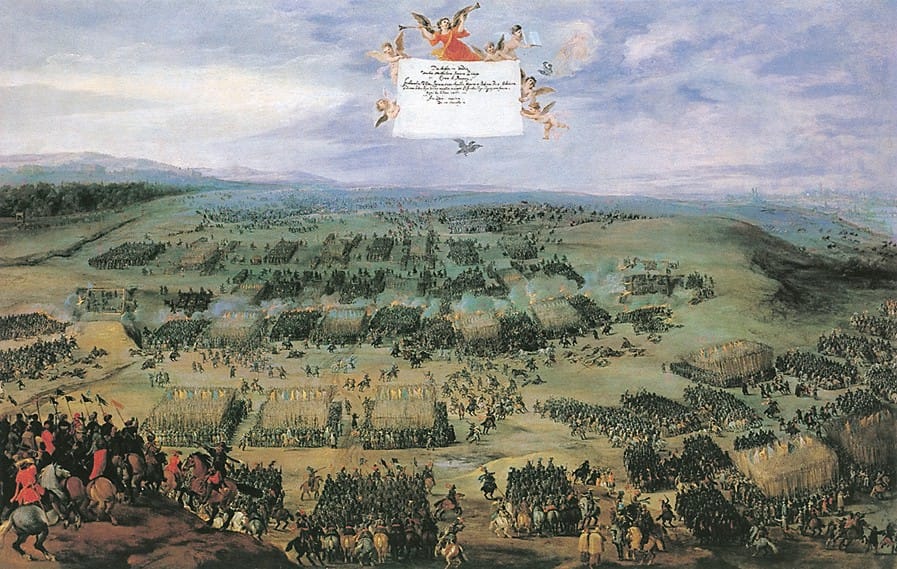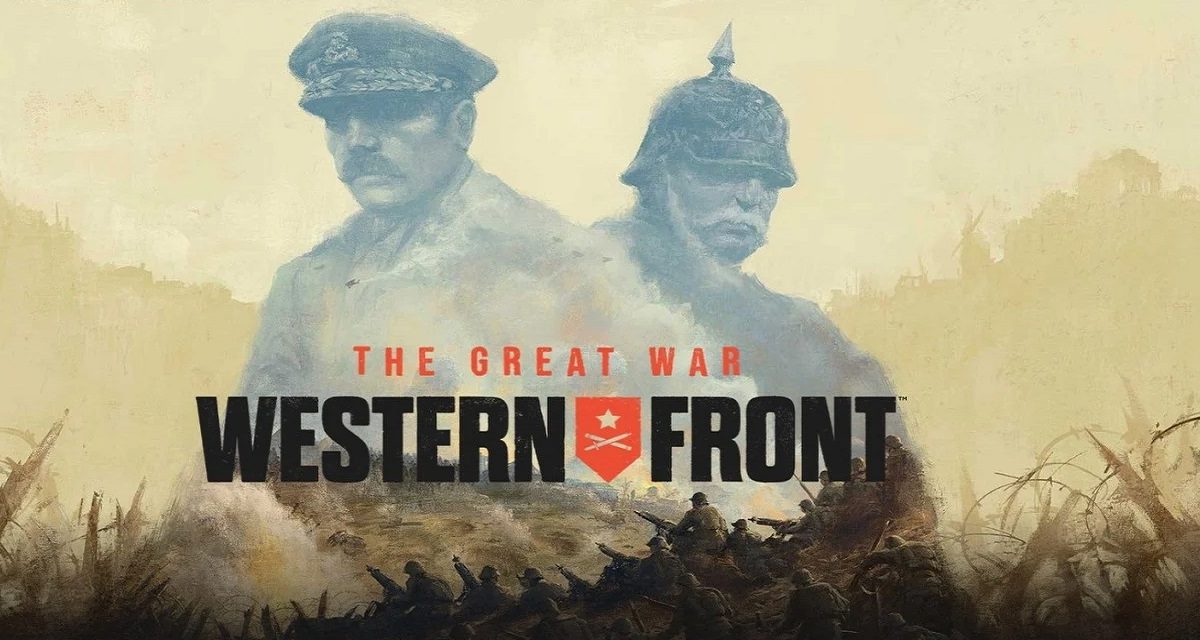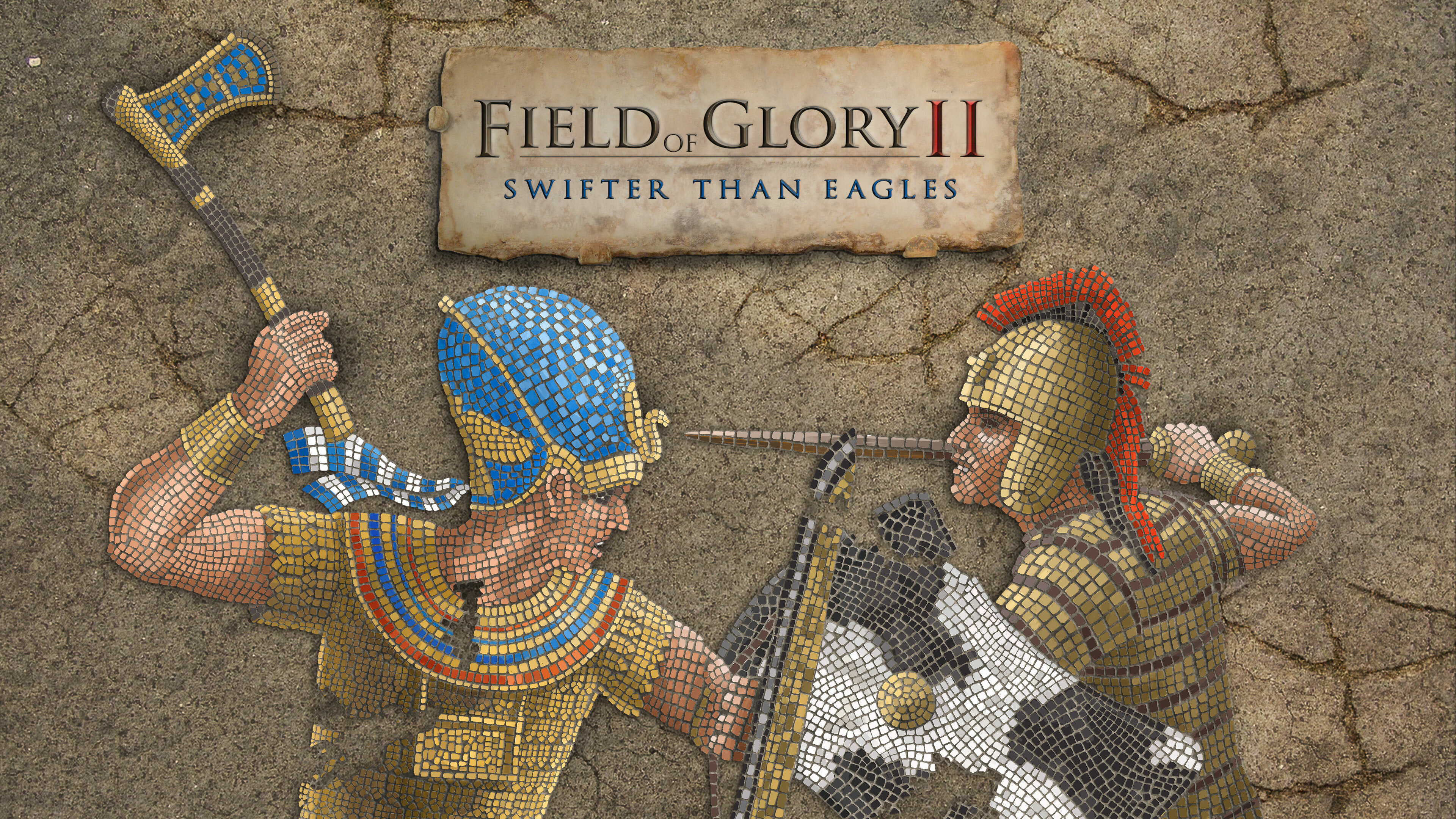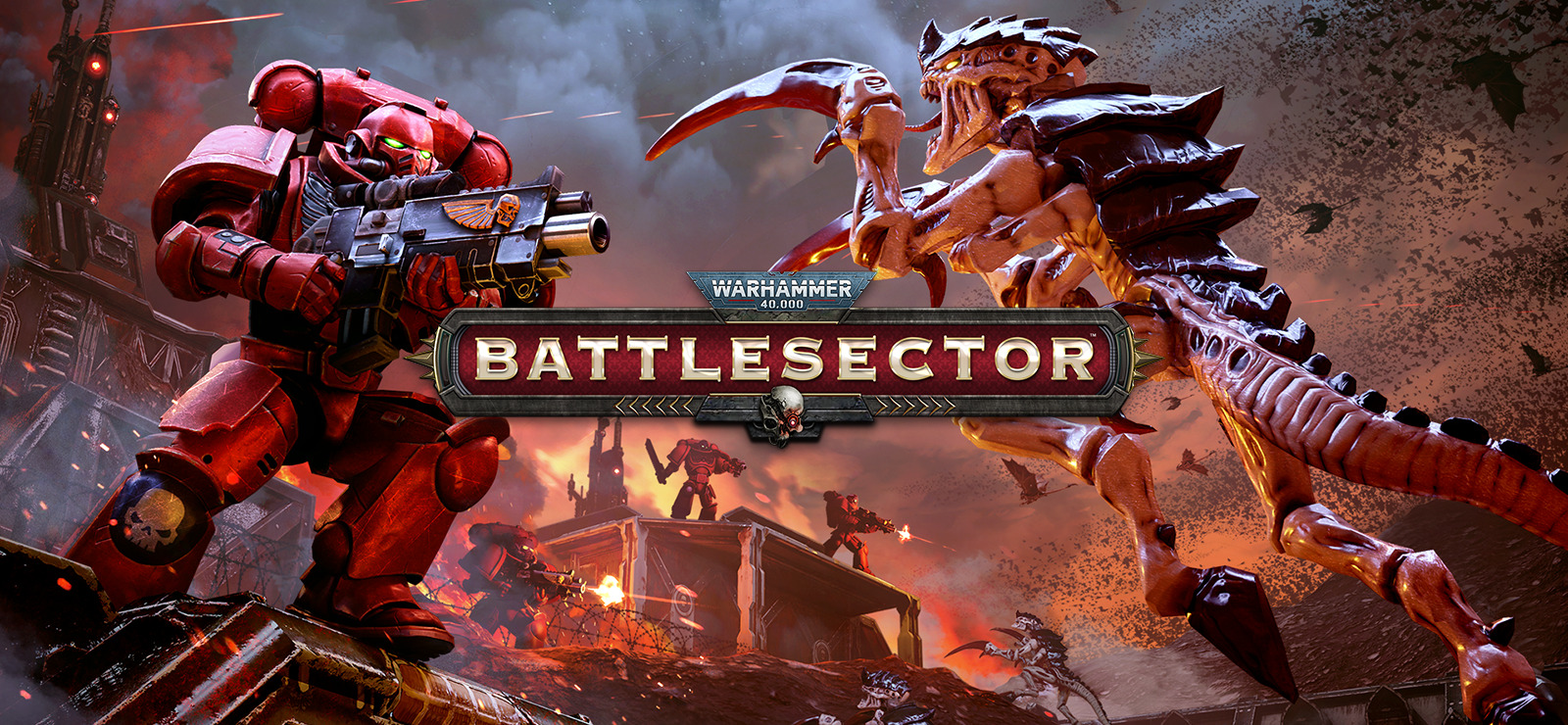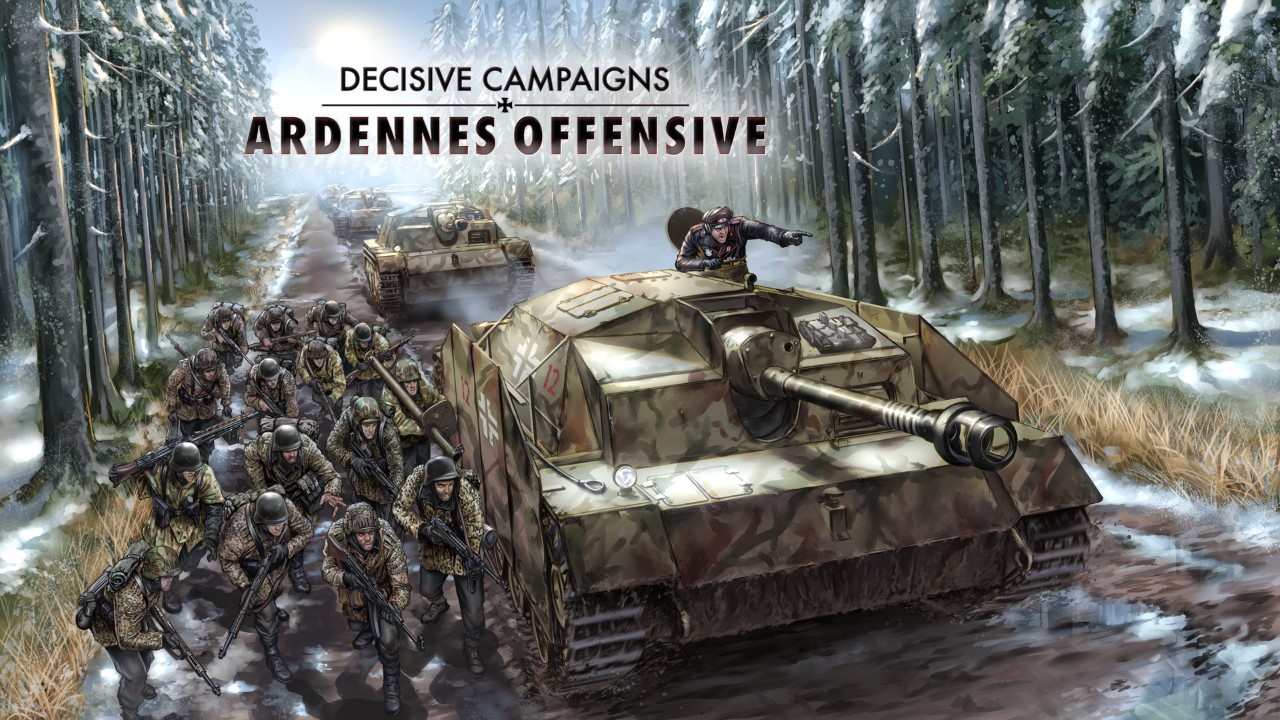Tag Archives: Book
Book Review: Under a Graveyard Sky
A Review of Under a Graveyard Sky by John Ringo
Review by Avery Abernethy, 5 February 2014
John Ringo’s work is well known to many wargamers. He has many bestselling books with large amounts of tactical and strategic combat including the popular Posleen series, the Council War Series, and even an “X-Files meets the deadly soccer mom from Mississippi series” (Princess of Wands and Queen of Wands). A veteran of the U.S. Army’s 82nd Airborne Division, Ringo’s work has appealed to many readers interested in action-packed combat.
 Under a Graveyard Sky is a survivalist novel of a zombie apocalypse. Although I like post-apocalyptic fiction, zombies have never held my interest., as they are the epitome of mindless, tactically brain-dead opponents. The whole idea of a zombie apocalypse has always seemed so weird and boring that I bought the book in hardback and let it sit for five months unopened. I shouldn’t have waited so long, as Ringo has actually written an interesting, post-apocalyptic zombie book.
Under a Graveyard Sky is a survivalist novel of a zombie apocalypse. Although I like post-apocalyptic fiction, zombies have never held my interest., as they are the epitome of mindless, tactically brain-dead opponents. The whole idea of a zombie apocalypse has always seemed so weird and boring that I bought the book in hardback and let it sit for five months unopened. I shouldn’t have waited so long, as Ringo has actually written an interesting, post-apocalyptic zombie book.
Book Review: Africa’s Commandos
Brant Guillory, 28 August 2013
A new collection of memoirs and first-hand accounts of the actions throughout the distinguished history of the Rhodesian Light Infantry makes for a compelling read and memorable look into the first-hand accounts of Africa’s bush wars of the 60s and 70s.
We took off en masse, ten G-Cars carrying the 2Cdo troops; ten K-Cars; two
command helicopters and ten G-Cars carrying the Support Commando troops detailed
to man the forward admin base and ferry in fuel and supplies to the target
area.The flight provided us with some impressive and memorable visuals.
All 32 helicopters were flying in single file through the majestic Penhalonga
Mountains, some of the most magnificent terrain in the world. The troops gazed
in awe at the spectacle as they leaned out of the Alouettes and looked around.Two or three Canberras thundered low over us en route to their targets.
For a few minutes there was the amazing sight of the command helicopters and the
ten K-Cars peeling off in front of us to position over their allocated targets;
the six paradaks dropping the 3Cdo and the SAS paratroopers; and the Hunters
diving in on their targets. The air was thick with dust and smoke and the
streaks of SNEB rocket trails.
And the tales of Op Dingo – the Rhodesian raid on an ZANLA camp inside Mozambique – put the reader front and center in the battle. These are not analyses of secondary sources with discussions of geo-political implications. These are the memories of the men on the ground, at the sharp end of the spear, pulling triggers and “culling floppies.” This isn’t the news conference soundbite; this is the scene in Blackhawk Down when the choppers are taking off and the trucks are rolling out and Stevie Ray Vaughn’s cover of Voodoo Chile is providing the soundtrack.
As you read the book and pore over the memoirs, however, you realize that although the raid on Chimoio was an abberation in its size and distance from the RLI’s bases inside Rhodesia, the action wasn’t. These men were a battle-hardened brotherhood who had chased “terrs” (slang for “terrorists”, the ZANLA and ZIPRA guerilla forces) across their entire country, protecting the population from invaders whose semi-safe bases outside of Rhodesia’s borders gave them a geographic and demographic edge. The RLI didn’t care. They found a way to succeed in every battle they faced, and along the way became perhaps the most successful counter-guerilla force in history.
GARPA 25 – GrogHeads Advanced Research on Projects Advisory
With a chill in the air this week it is clear that the seasons are changing again. Soon we won’t have to feel particularly guilty about gaming or reading inside since the weather won’t be as cooperative. Peruse our below roundup to get some good ideas on interesting games and other swag to pickup to help you keep your seasonal affective disorder at bay!
Books
Dean Putney’s World War I Album
$82,631 pledged of $50,000 goal
Funding ends Thursday, September 5
 Yes I usually cover games but this is special. Dean Putney of San Francisco has a literal treasure chest full of over 1000 photographic negatives of his great grandfather’s military service in World War I. Not only that, but his great grandfather, Walter Koessler, fought for Imperial Germany on the Western front, a perspective not covered as well or as often in English histories of the war.
Yes I usually cover games but this is special. Dean Putney of San Francisco has a literal treasure chest full of over 1000 photographic negatives of his great grandfather’s military service in World War I. Not only that, but his great grandfather, Walter Koessler, fought for Imperial Germany on the Western front, a perspective not covered as well or as often in English histories of the war.
The negatives, some stereoscopic, look incredibly vivid, even when viewed on the internet. Putney found over 1000 of them, all preserved and protected in a family attic in southern California, just recently. His great grandfather was an architect before the war started, and served in the German artillery as a lieutenant. He was a skilled photographer, and after the war left Germany for Hollywood, CA where he became an art director in the booming U.S. movie industry. His skill is immediately evident when viewing his pictures, which feature recognizable equipment, locations and even some aerial shots.
The images, besides being of technical high quality, are also notable for how expressive they are. Even from the few samples shown on Putney’s Kickstarter page, the mood from the outbreak of war in 1914 through subsequent years (it looks like his great grandfather served through the entire conflict) deteriorates noticeably. Images flow from young kids horsing around in a festive atmosphere in summer 1914 through to the grim reality of combat as time goes by. The images are very good at expressing the change of emotion. For grogs interested in German history, the First World War, or even just photography as a medium, Dean Putney’s Kickstarter project is something very special.
Book Review: Doomsday Vault
Written by: Steven Harper
Publisher: Roc
Reviewing Author: Brant Guillory
 “Steampunk” is one of those literary terms that’s being thrown out all over the alternative fiction world – hard to call it just ‘sci-fi’ when there are hefty fantasy and historical elements to it – and is rapidly becoming a widely-recognizable genre that’s crossing RPG, boardgaming, videogaming, comics, and long-form fiction lines. Updating the worlds imagined by Verne and Wells, among others, Steampunk narratives have transcended RPGs like Space:1889 and Castle Falkenstein to bubble up into best-selling books, and TV shows like Warehouse 13.
“Steampunk” is one of those literary terms that’s being thrown out all over the alternative fiction world – hard to call it just ‘sci-fi’ when there are hefty fantasy and historical elements to it – and is rapidly becoming a widely-recognizable genre that’s crossing RPG, boardgaming, videogaming, comics, and long-form fiction lines. Updating the worlds imagined by Verne and Wells, among others, Steampunk narratives have transcended RPGs like Space:1889 and Castle Falkenstein to bubble up into best-selling books, and TV shows like Warehouse 13.
As with any fiction genre exploding in popularity (pirates, zombies, vampires, the misadventures of overeducated and underathleticized wargamers) there is a variety of excellent material to entertain audiences, and quite a load of crap hoping to cash in on a fad and then chase off after the ‘next big thing’. Sorting through bookstores’ newly-minted Steampunk sections can be a bit like trying to find something worthwhile in the alternative section of a record store (remember them?) back in 1993: when the selection ranges from Mudhoney to Hootie & The Blowfish to Rage Against the Machine to Throwing Muses to Inspiral Carpets, the label is pretty useless. And when you find a worthy entry into the genre, there’s a point at which you jump on the nearest (non-rolling) chair and sing its praises and demand that passers-by pay some damn attention to this bright ray of literary light you’ve managed to stumble across.
Enter The Doomsday Vault – the first novel of the burgeoning Clockwork Empire series from Steven Harper.
Book Review(s): A Tale of Two Snipers
Comrade Zabek and Oberhauptsturmfeldwebel Zabek face off over dueling accounts of sniper action on the Eastern Front of WWII.
Double Book Review of Red Sniper on the Eastern Front by Joseph Pilyushin and Sniper on the Eastern Front by Sepp Allerberger
This summer my reading list seems to have drifted to first-hand accounts of memoirs from the Second World War. Amazon, ever helpful in suggesting all kinds of temptations, served up two gems, both accounts written by men who were snipers on the Eastern Front, one Soviet, one Austrian. Both accounts are compelling for several reasons.
Perhaps most notably, both snipers served for years on the Eastern Front and returned home alive to share their experience (Allerberger began in 1943, Pilyushin in 1941). Also interesting is their experience on opposite sides of the war. Additionally their personal accounts are a study in contrast, with Allerberger’s discussing many details and techniques that helped him survive and even thrive, while Pilyushin’s account is written from a perspective that concentrates on the people he served with, almost completely devoid of a discussion of techniques and methods used in his craft.
Of the two books, Allerberger’s is the easier to follow. His narrative is clear in describing places, terrain,and other events. It comes across as a much more authentic memoir because of all these details. Caution should be exercised in reading – the account is at times disturbingly graphic in its discussion of war crimes witnessed by Allerberger.
These accounts remind the reader that the fighting on the Eastern Front was a savage as any war might possibly be. Allerberger, having fought for the Axis, naturally views these accounts as those perpetrated by the Soviets on the Axis. On one account Allerberger is particularly clear – the use of exploding bullets by snipers. He freely admits to using them, but his use of them is permitted because of a captured Soviet sniper rifle and ammo stock, not because he had been provided exploding bullets by Axis quartermasters.
Pilyushin’s account is a contrast to Allerberger’s, and reads less factually and more like a tragic play. The translator’s introduction explains that the account is devoid of most of the Soviet Communist propaganda that usually accompanies similar memoirs. He goes on to explain how popular the book was in the Soviet Union with readers.
Most of the book centers on Pilyushin’s time spent in and around Leningrad, and perhaps it is because the siege of Leningrad was assumed to be well understood by the reader that we read so little of the technical details of being a sniper. Much more prevalent is the discussion of Pilyushin’s friends and family, and there are hints of a romance with another (female) sniper. Pilyushin’s account is ultimately tragic; his family dies during the siege of Leningrad and his subsequent relationship with a fellow sniper ends tragically. The translator also shares insight that ultimately Pilyushin’s head wounds cost him his eyesight.
Both books are recommended for readers seeking insight on a personal level to the Second World War. Of the two, Allerberger’s is more technical, while Pilyushin’s is quite personal. Together the reader will gain perspective of the war from two sides, with completely different approaches and perspectives from people who performed nearly identical roles. Both belong in the collection of military history buffs and they are highly recommended.
Editors note: Both books were read on a Kindle Fire, so both are available as e-books for readers who want them in a digital format.

